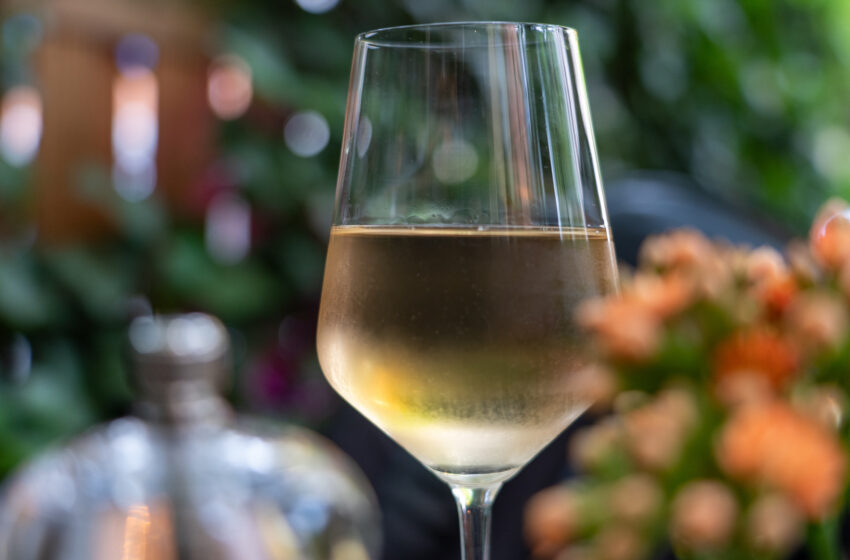Wine and mindfulness: savoring with intention

In our fast-paced world, where meals are often hurried and consumed without much thought, the art of savoring wine stands as a beacon for mindfulness and intentionality. Wine, with its complex layers of flavors, aromas, and textures, offers a unique opportunity to practice mindfulness, enhancing both the appreciation of the wine and the overall experience of drinking it. This blog post delves into the concept of wine and mindfulness, exploring how savoring wine with intention can enrich our lives beyond the glass.
The practice of mindful wine tasting
Mindful wine tasting involves fully immersing oneself in the experience of tasting wine, engaging all senses, and being present in the moment. It’s about slowing down, observing, and appreciating the wine’s characteristics without rushing to judgment or being distracted by external factors. This practice not only heightens the enjoyment of the wine but also fosters a deeper connection to the moment and oneself.
Engaging the senses
The first step in mindful wine tasting is engaging the senses. This goes beyond the basic sense of taste to include sight, smell, touch, and even hearing:
Sight: observing the wine’s color, clarity, and viscosity can give clues about its age, grape variety, and body.
Smell: inhaling the wine’s aromas deeply, identifying different notes, whether fruity, floral, earthy, or spicy, enhances our understanding and anticipation of the wine’s flavors.
Taste: mindfully tasting the wine, letting it linger on the palate to identify flavors, acidity, tannins, and aftertaste, offers a full appreciation of its complexity.
Touch: feeling the wine’s temperature and texture, noticing its weight and mouthfeel, adds another layer to the sensory experience.
Hearing: listening to the sound of the wine being poured, the pop of the cork, and even the ambiance around us can heighten the overall experience.
The benefits of mindfulness in wine tasting
Practicing mindfulness through wine tasting carries several benefits that extend into various aspects of life:
Enhanced sensory appreciation: by focusing attentively on the wine, individuals can train their senses to be more observant and discerning, not just with wine but in other sensory experiences.
Increased presence and awareness: mindful wine tasting encourages being present in the moment, which can help reduce stress and increase feelings of contentment.
Improved social connections: sharing a mindful wine tasting experience with others can foster deeper connections, as it encourages sharing observations, thoughts, and feelings in a focused and attentive environment.
Cultivation of patience: the slow, deliberate nature of mindful wine tasting can cultivate patience, reminding us of the value of slowing down and appreciating the journey.
Mindfulness beyond the glass
The principles of mindfulness practiced through wine tasting can be applied to other areas of life, encouraging a more intentional and appreciative approach to everyday experiences. Whether it’s savoring a meal, enjoying nature, or engaging in conversation, the mindfulness cultivated through wine can inspire a more present and fulfilling life.
Conclusion
Wine and mindfulness, though seemingly disparate concepts, share a profound connection in the practice of savoring with intention. By engaging our senses, practicing presence, and appreciating the nuances of wine, we can enhance not only our enjoyment of wine but also our overall quality of life. Mindful wine tasting reminds us of the beauty of slowing down, the richness of sensory experiences, and the importance of being fully engaged in the present moment.